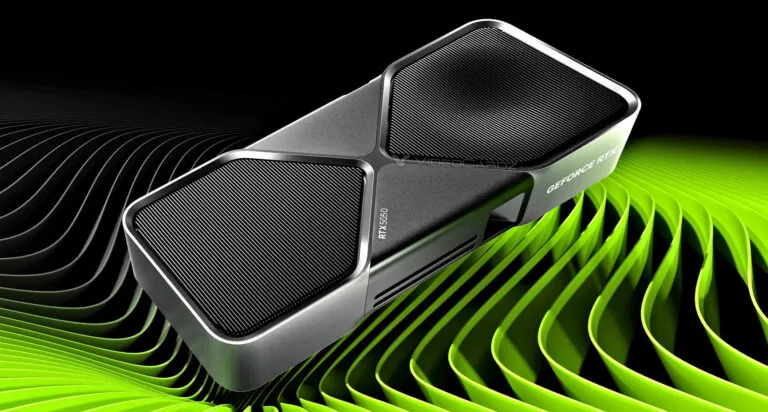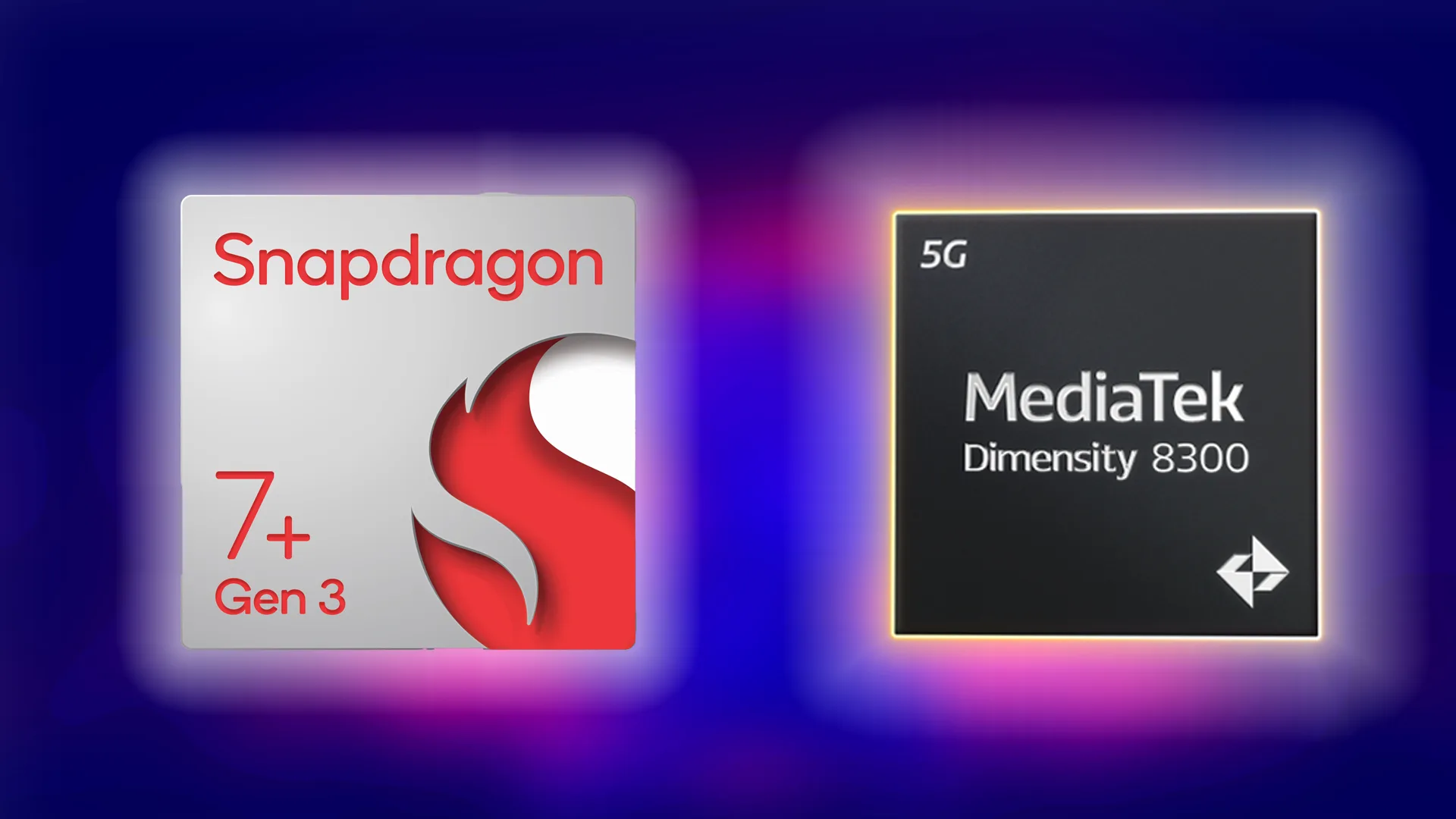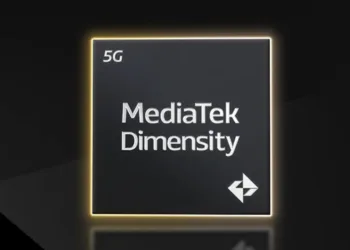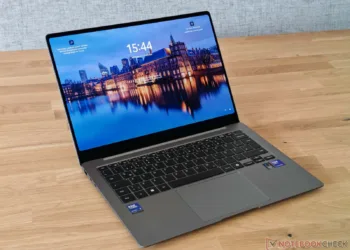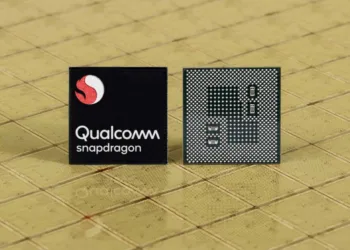GeForce RTX 5050: The tech world is buzzing with speculation after a recent Eurasian Economic Commission (EEC) filing hinted at the existence of the GeForce RTX 5050. OEM Global Technologies Limited, representing ZOTAC, submitted the filing, igniting debates across online forums and tech communities. But how much truth lies behind this discovery? Is the RTX 5050 really on the horizon, or is it just another paper launch that never sees the light of day?
In this detailed exploration, we’ll break down everything you need to know about the rumored RTX 5050, from the credibility of EEC filings to potential specifications, market positioning, and what it could mean for gamers and creators alike.
Table of Contents
NVIDIA GeForce RTX 5050: What Do We Know So Far
📜 Understanding EEC Filings: Hype or Reality?
The EEC is a regulatory body that oversees product certifications for countries like Russia, Armenia, Belarus, Kazakhstan, and Kyrgyzstan. Manufacturers often file product names and model numbers here before official launches. However, not every listing translates to an actual product release.
Many GPUs, including canceled variants and experimental SKUs, have appeared in EEC databases without ever making it to shelves. For instance:
- The RTX 3080 Ti 20GB was listed but never officially launched.
- Several Ampere-based cards, including RTX 3050 variants, were filed but scrapped.
So, while the RTX 5050 filing is intriguing, it doesn’t guarantee an impending launch. Manufacturers sometimes register names to secure trademarks or test market interest.
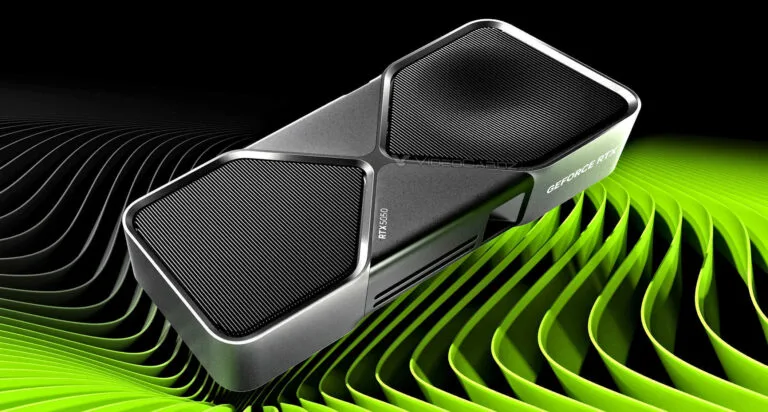
🔍 Breaking Down the RTX 5050 Filing
The filing in question was submitted by OEM Global Technologies Limited, a company associated with ZOTAC. The listing didn’t provide specifications, clock speeds, or architectural details—only the product name “GeForce RTX 5050.”
What makes this interesting is the timing. NVIDIA’s current Ada Lovelace lineup, including the RTX 4060 and 4070, is relatively new. An RTX 5050 would traditionally belong to the next-generation “Blackwell” architecture, expected no earlier than late 2025.
However, NVIDIA has occasionally refreshed lower-end models using older architectures. The RTX 3050, for instance, was released long after the 30-series flagship cards. This raises two possibilities:
- Next-Gen Entry-Level: The RTX 5050 could be an entry-level Blackwell card, offering affordable ray tracing and DLSS 4.0 features.
- Rebranded Ada Lovelace: It might simply be a rebranded RTX 4050 with minor tweaks to VRAM, power efficiency, or core count.
Without concrete details, the filing leaves more questions than answers.
🕰️ Historical Context: How NVIDIA Handles Entry-Level GPUs
To understand the potential positioning of the RTX 5050, it’s worth looking at how NVIDIA has historically handled its “50” series cards:
- GTX 1050/1050 Ti (2016): Affordable Pascal-based cards for 1080p gaming.
- GTX 1650/1650 Super (2019): Turing-based refreshes, popular for budget builds.
- RTX 3050 (2022): First entry-level card with ray tracing and DLSS support.
Each generation focused on delivering mainstream performance without the premium price. If the RTX 5050 follows this trend, it could target gamers on a budget who still want access to modern features like ray tracing and DLSS.
⚙️ Expected Specifications (Speculative but Informed)
While the filing didn’t reveal specs, educated guesses can be made based on NVIDIA’s current architecture trends. If the RTX 5050 is indeed a next-gen card, it might feature:
- CUDA Cores: Around 3,500–4,000 (similar to the RTX 4060)
- VRAM: 8GB GDDR6 with a 128-bit bus
- Base/Boost Clock: 2.0–2.5 GHz
- Power Consumption: 100–125W
- DLSS Support: DLSS 4.0 with frame generation
If it’s a rebranded Ada Lovelace card, the specs might align closely with the RTX 4050, potentially with a slight bump in clock speeds or efficiency.
💰 Market Positioning: Where Would RTX 5050 Fit?
NVIDIA traditionally targets three segments:
- High-End: RTX 4080/4090 for enthusiasts.
- Mid-Range: RTX 4060/4070 for mainstream gamers.
- Entry-Level: RTX 3050, GTX 1650, and now potentially RTX 5050.
If the RTX 5050 launches, it would likely replace the RTX 3050 as the go-to budget card, priced around $200–250. It would compete directly with AMD’s RX 7600 and Intel’s Arc A580.
🎮 Performance Expectations: Can It Handle Modern Games?
Assuming it’s either a next-gen Blackwell card or a refined Ada Lovelace variant, the RTX 5050 should comfortably handle 1080p gaming with high settings. In synthetic benchmarks, it could score around 15,000–18,000 points in 3DMark Time Spy, placing it between the RTX 3050 and RTX 4060.
For real-world gaming, expect:
- 1080p Ultra: 60–90 FPS in most modern titles
- 1440p High: 45–60 FPS with DLSS enabled
- Ray Tracing: Playable with DLSS Quality mode
If DLSS 4.0 is supported, frame generation could further enhance perceived performance.
🌿 Power Efficiency and Cooling
NVIDIA has been prioritizing efficiency with Ada Lovelace, and the trend is expected to continue. If the RTX 5050 uses a cut-down AD107 chip or a Blackwell derivative, its TDP might stay below 125W, making it ideal for compact builds with modest cooling solutions.
Many budget GPUs come in single-fan or dual-fan designs, and the RTX 5050 would likely follow suit, ensuring compatibility with smaller cases and lower PSU requirements.
🛒 Potential Impact on the GPU Market
If the RTX 5050 launches, it could shake up the entry-level GPU market. Here’s how it might affect competitors:
- AMD: The RX 7600 would face pressure, potentially prompting price cuts.
- Intel: Arc A580 and A750 might struggle to justify their price-to-performance ratio.
- NVIDIA’s Own Lineup: The RTX 3050 would likely be phased out or receive steep discounts.
For budget-conscious gamers, this could mean more choices and better value.
📅 Release Date and Availability: What to Expect
While the EEC filing suggests development is underway, NVIDIA hasn’t officially confirmed the RTX 5050. If it’s part of the Blackwell generation, expect an announcement in late 2025 alongside higher-end models.
However, if it’s an Ada Lovelace refresh, a mid-2025 launch is plausible—perhaps aligning with back-to-school season when budget gaming PCs are in high demand.
🕹️ Should You Wait for the RTX 5050?
If you’re currently using an older GTX 10-series or RTX 20-series card, the RTX 5050 could be a worthwhile upgrade—if it offers DLSS 4.0, better ray tracing, and improved efficiency. However, if you already own an RTX 3060 or RX 6600, waiting might not be necessary unless the price-to-performance ratio is exceptional.
🔮 Final Thoughts: Hype or Reality?
The GeForce RTX 5050 remains a mystery—an intriguing glimpse into NVIDIA’s future plans. While the EEC filing adds fuel to the fire, it’s far from a confirmation. Whether it’s a next-gen Blackwell card or a rebranded Ada Lovelace model, one thing is certain: the entry-level GPU market is heating up.
For now, all eyes remain on NVIDIA. Will the RTX 5050 become the budget gaming hero we’ve been waiting for? Or will it join the list of never-released GPUs? Only time will tell.
👉 Stay tuned as we continue tracking this developing story.

